Desiree Nair
20th January 2017 - 4 min read
Why You Need an Emergency Savings Account
The simple answer is because anything can happen – and an emergency savings account can provide a nice, plush cushion.

Losing your job or being stuck with a big bill for an unexpected car breakdown is all part and parcel of life, so you’ll want to be financially prepared if it happens.
Saving for a rainy day is a great habit to get started with the minute you start earning; this way, your fall-back cash can accumulate much quicker!
How Much Should You Set Aside?
Here’s a quick guide to figuring out an appropriate amount:
- Tally Your Monthly Expenses
Start by totalling up all your monthly expenses; this should include loan payments, credit card bills, utilities, childminding and other recurring commitments.
Next, estimate how much you spend on essentials such as food, transportation costs (toll and fuel), and groceries as well as the fun stuff like entertainment or shopping.
If you have other payments that you make annually, you can prorate it over twelve months. For instance, divide your annual insurance premium or gym membership to see how much it comes up to in monthly terms.
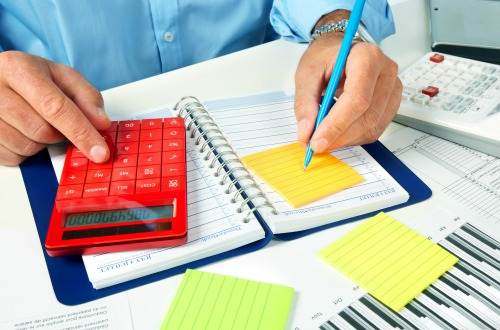
- Decide How Much You Need in Reserve
Dave Ramsey, a prominent financial guru, recommends starting with a minimum of three to six months of your monthly expenses. Suzy Orman, another money master, says eight months is optimum. Other experts consider a 12-month reserve safest.
<a href=”https://ringgitplus.com/en/insurance/?utm_source=ringgitplus&utm_medium=banner&utm_campaign=my-rpint-gen-gen-insurance&utm_content=blogcta_ins_compareinsuranceplanson_ringgitplus_mid”title=”Compare insurance plans”>
So which figure is the right one? We suggest aiming for three months’ worth if your monthly expenses amount to less than 50% of your income and six months if your expenses come out of more than 50% of your income.
Why? Because the fewer commitments you have, the smaller your cushion needs to be. Ideally, you should slowly build your emergency reserve to the ultra safe 12-month’s worth, but we would start from three months and work from there.
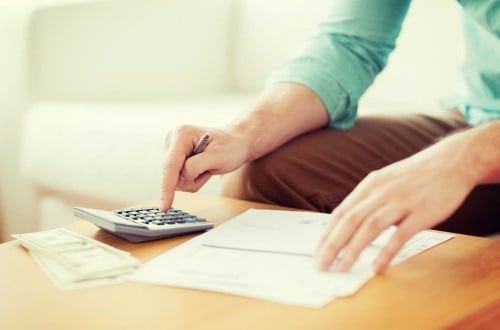
- Determine the Amount to Put Away Each Month
Typically, saving 10% to 20% of your current income is recommended, where the more you can comfortably put aside, the better. If you want to know how long it will take you to accumulate the total amount, check out this example:
Assume you are earning RM5,000 per month, and your monthly expenses amount to RM3,950 (based on the table below).
By putting away 20% of your monthly income to amass six months’ worth of reserves, you will accumulate your fund in approximately 24 months. If you choose to set aside only 10% of your income, it will take 48 months.
| Item | Expense (in RM) |
|---|---|
| Car Loan | 550 |
| House Rent | 1,500 |
| Babysitter | 600 |
| Food | 650 |
| Petrol and Toll | 300 |
| Entertainment | 100 |
| Clothes | 100 |
| Life Insurance Premium* | 100 |
| Car Insurance and Road Tax * | 50 |
| Total | 3,950 |
*Note: Figures have been prorated over 12 months where the Life Insurance Premium is RM1, 200 in total; Car Insurance and Road Tax is RM600.
Some Notes on Emergency Funds
Once you have a cushy emergency fund, you may suddenly see many non-essential expenses as emergencies and feel that you should start dipping into it. We strongly suggest you to NOT do this. While it is tempting, the fund is only for emergencies. We recommend putting it into a less accessible account, perhaps in a different bank even, just to be sure you don’t give in to any impulses.
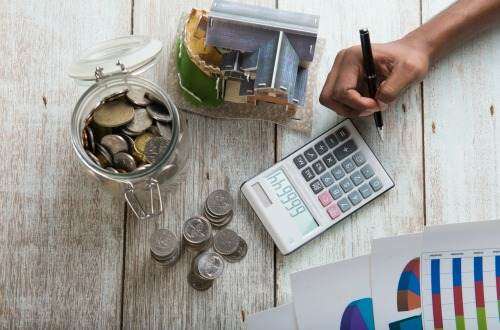
Another thing to remember is that just because you have an emergency fund now with the saving system you’ve stuck to, doesn’t mean you should now stop saving. If you’ve been comfortably putting cash away for an emergency fund, you should continue saving with the same amount anyway.
What Comes Next?
Once your emergency fund is sorted, you’ll feel (and be) more financially secure should anything unexpected happen to your income or expenses. With this security you can be freer to explore alternative income sources, search for a better job, or just be more comfortable with your finances in general.
With this newfound security, perhaps you’d like to start an investment portfolio or save up a deposit to buy your first home. Whatever you decide to do, make a plan for your finances and you’ll be amazed at how much you can achieve.
If you are ahead of the class and already have a rainy-day account, give yourself a pat on the back! If you haven’t, it’s time to start. Put your money in a high-interest account to make the most of your savings. For help finding the best account to store your funds, do check out our comparison page.


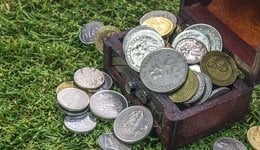

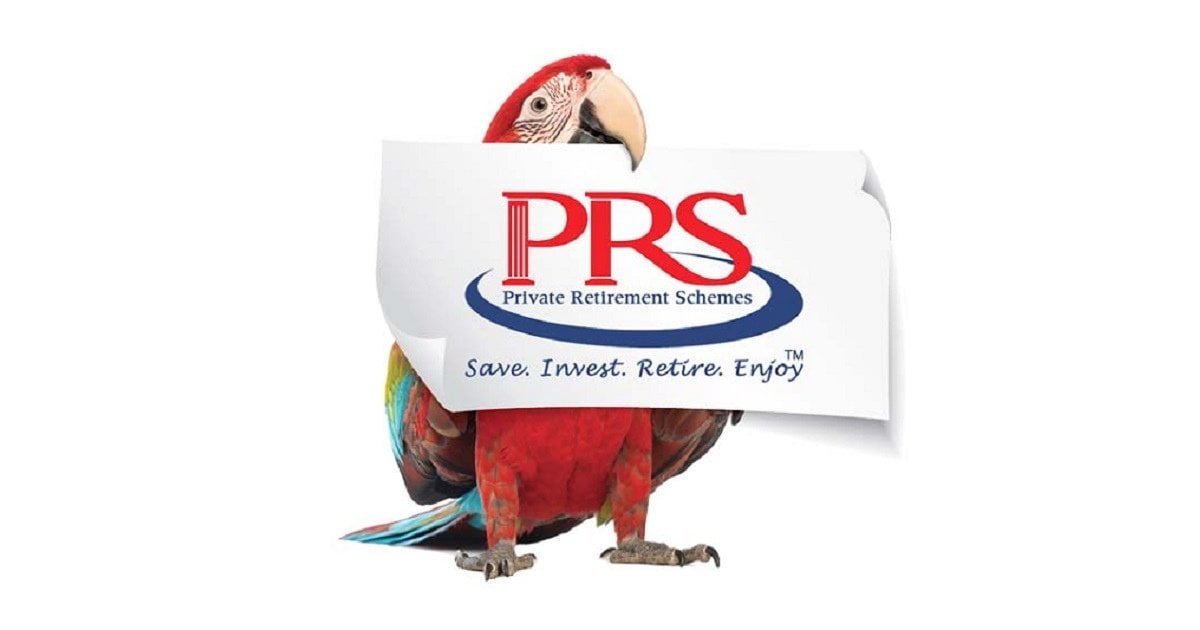

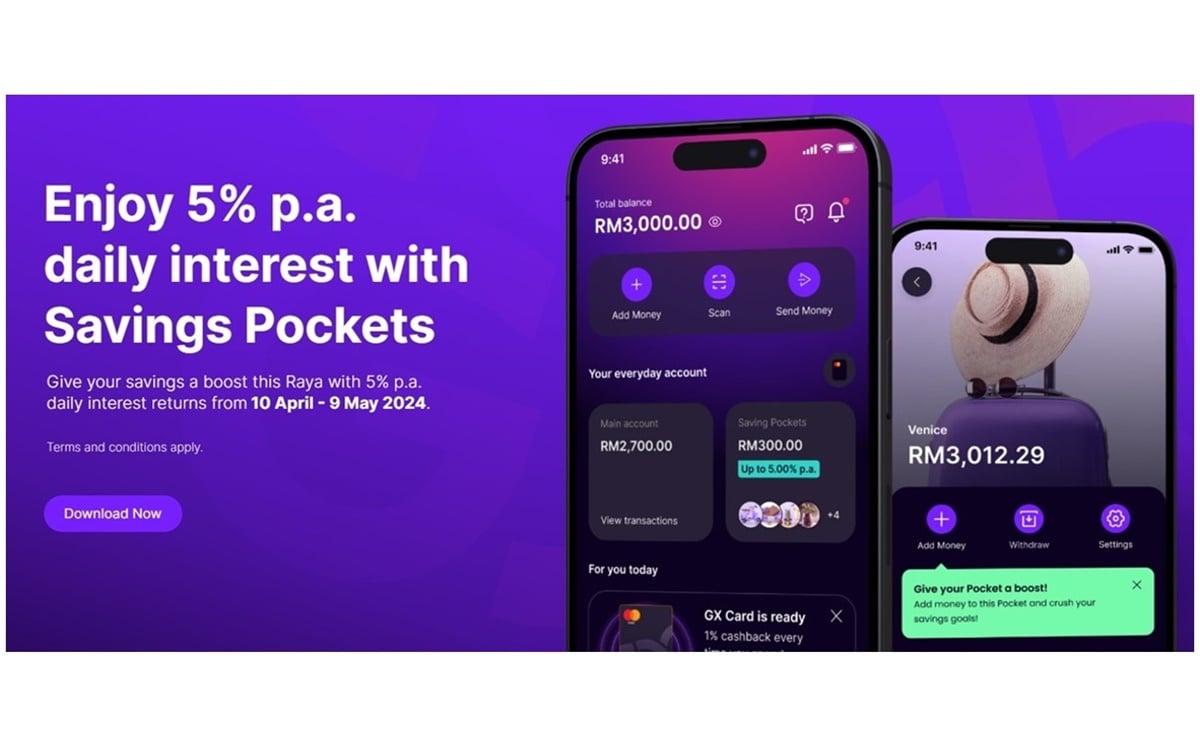


Comments (0)